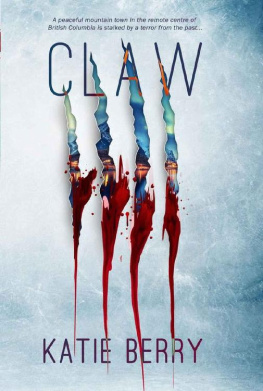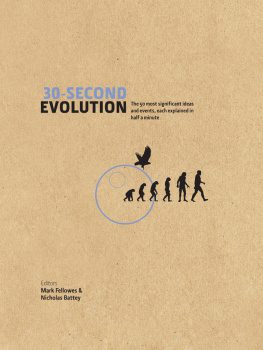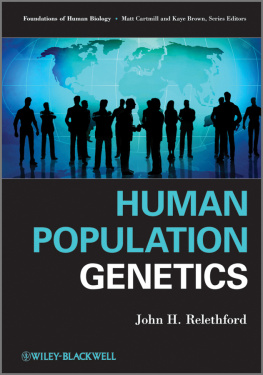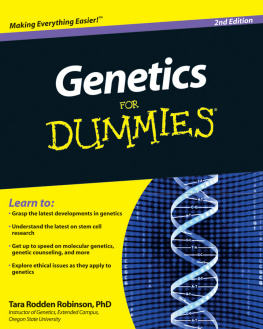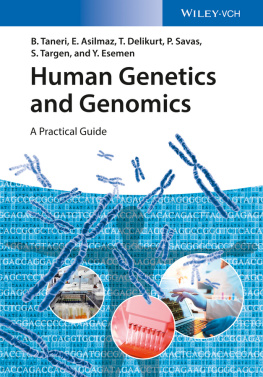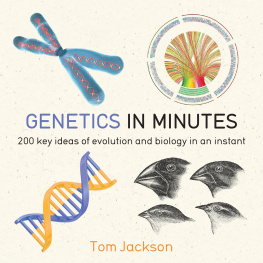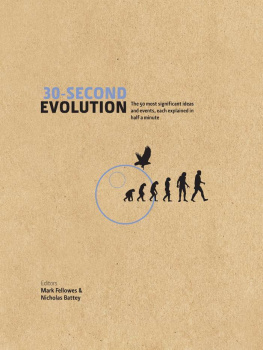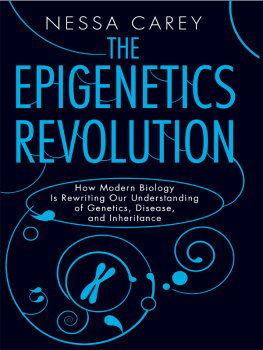EDITORS
Margaret Davies, C.B.E., M.A., Ph.D.
John Gilmour, M.A., V.M.H.
Kenneth Mellanby, C.B.E., Sc.D.
PHOTOGRAPHIC EDITOR
Eric Hosking, O.B.E., F.R.P.S.
The aim of this series is to interest the general reader in the wild life of Britain by recapturing the inquiring spirit of the old naturalists. The Editors believe that the natural pride of the British public in the native fauna and flora, to which must be added concern for their conservation, is best fostered by maintaining a high standard of accuracy combined with clarity of exposition in presenting the results of modern scientific research.

AT first sight Inheritance and Natural History may seem a surprising title for an addition to the New Naturalist series, which claims to deal primarily with the native fauna and flora of Britain. However, readers will soon find that Professor R. J. Berrys book fulfils all the requirements of the New Naturalist reader. It does not simply describe the conditions which exist today; it does much to explain how the animals and plants which survive in Britain have adapted to the changing conditions of our islands over the past centuries, and how that adaptation continues until the present day.
Many naturalists in the past have considered that Britain has what they call its native fauna and flora, consisting of those organisms which were present when the land bridge with the continent of Europe was cut some 12,000 years ago. Some have even implied that these plants and animals are in some way superior and more worthy of study than the so-called aliens which have reached our shores, generally as the result of mans activities, during more recent years. It is, of course, impossible to divide these two groups, natives and aliens, in a completely logical manner. We can easily recognize recent immigrants such as the Grey Squirrel and the Colorado Potato Beetle, particularly when they are serious or potential pests, but many of us accept as British the rabbit, which was introduced nearly a thousand years ago. We also generally welcome birds and insects which invade Britain under their own power, particularly in the case of species which were previously resident and were exterminated by man. So we know that our wildlife is changing in composition; some species disappear and others are introduced. However, it is generally believed that the native species are of particular interest as they are very similar if not identical to their ancestors who moved into our country after the last ice age. Many conservationists have striven to maintain their genetic purity, and have tried to prevent contamination from alien sources, for instance by boosting the population of rare species by the introduction of reinforcements from flourishing colonies in other parts of the world.
Professor Berry shows that our fauna and flora has not remained unchanged over thousands, or even hundreds, or tens, of years. He describes, from his own meticulous studies of small mammals and other creatures, particularly on many of our smaller islands, and from a comprehensive analysis of the work of many other scientists and naturalists, how evolution and natural selection still operate and how rapidly populations change in their anatomy, physiology and behaviour. His explanations are based on the use of laboratory techniques for the biochemical study of changes in the cells of the animals, and on an understanding of modern genetics and the genetic code, but he also follows in the tradition of Charles Darwin and the great British naturalists in his ability to make his own observations in the field and, more important, to recognize and interpret the significance of these observations.
Inheritance and genetics are not easy subjects, and although Professor Berry has a genius for clear exposition some New Naturalist readers may find parts of his text, particularly when mathematical notations are included, rather heavy going. Our advice is that, on first reading, they should enjoy the main descriptive sections and skip any paragraphs which they find difficult. They will probably return to these later, and find that comprehension comes more easily than they expected, when they see how the theoretical arguments illuminate the information derived from the studies of living populations of wildlife.
This absorbing book, is not, as Professor Berry insists, a text book of genetics. It is primarily intended to explain how the fauna and flora of Britain have evolved, and are still evolving. Nevertheless it should be of interest to naturalists and to students of nature in all parts of the world. Though many of the examples are taken from the British Isles, work in other countries is included when it is relevant. It is also clear that the same evolutionary process is operating in all parts of the world, and that Britain is perhaps serving as a laboratory, where the results obtained obviously have a much wider application.

THIS book has its origins in a letter to me from John Barrett (author of the Pocket Guide to the Sea Shore, and Life on the Sea Shore), whom I got to know well when he was Warden of Dale Fort Field Centre in Pembrokeshire and I was researching on mice on the nearby island of Skokholm (see ). He wrote, The other day it occurred to me that nobody had written a book about genetics for everyman genetics as they apply to the world around, gardeners, farmers, naturalists, racialists, wild populations, evolution; genetics that would lie behind almost all the New Naturalist books. I know there must be textbooks, probably galore, but these are inevitably somewhat or very technical and therefore closed to all those who have not had some training and experience in the language and techniques. I at once put this idea to Collins, suggesting that you might be persuaded to start from the beginning and explain genetics to the layman Think about it probably the notes you must have for your course of lectures to 1st year students are a substantial part of the book almost ready written.
My first reaction to this was to revile John Barrett (and I am far from the first to do that), but having talked with Michael Walter of Collins, my enthusiasm began to grow for the idea of using examples largely from British natural history to explain why inherited properties are important for a full understanding of ecological problems, and how genetical variation is maintained in animal and plant populations. The great joy of this sort of book from the authors point of view is that it does not have to be as inclusive and balanced as a textbook; the chapters that follow involve a selective and therefore idiosyncratic choice of topics and examples. My main aim has been to show the ways in which inherited variation can help to explain the properties of natural populations. I have been concerned to describe and expound on British populations; for this reason some classical studies (like those of Dobzhansky on Drosophila species, Clarke and Sheppard on swallowtail butterflies, or Lack on the Galapagos island finches) receive only mention. I am unrepentant about this restriction I have chosen. British biologists have contributed disproportionately to the understanding of genetical processes in natural populations. It is doubtful if the reason for this is the fascination with birds and gardens, butterflies and snails which was characteristic of the prewar upper middle class from which so many British scientists came (Lewontin, 1972). Sociologically and scientifically, such a statement betrays an ignorance of the British attitude to their countryside which has run from Neckham and Ray to Gilbert White and


